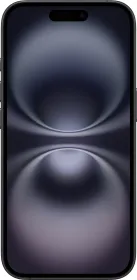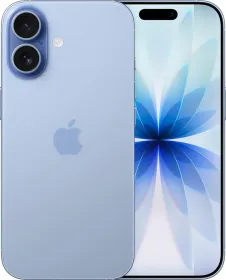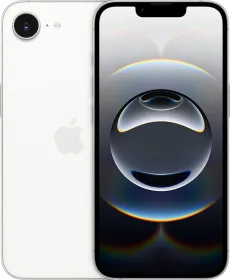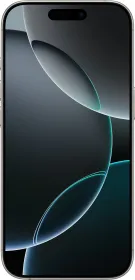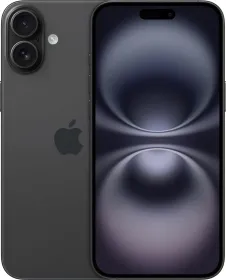The upcoming iQOO 15 might just redefine what Android displays can do. Using Samsung’s iPhone-grade M14 OLED tech, it promises the kind of clarity, brightness, and efficiency once reserved for Apple’s flagships. I haven’t seen the display in person yet, but judging by what we’ve learned from its China launch, iQOO may have pulled off a genuine first, bringing iPhone-level display quality to an Android phone before Samsung itself.
The company has done this by borrowing Samsung’s M14 OLED material, the same next-gen panel technology used in the iPhone 16 (review) and iPhone 17 series (review). And somehow, iQOO got to it before Samsung’s own flagships did. That alone makes this launch worth paying attention to.

Why I’m Excited About the iQOO 15’s Display
I’ve seen a lot of Android displays over the years, but few have genuinely surprised me. The iQOO 15 might be one of them. It borrows Samsung’s latest M14 OLED material, the same used in the iPhone 16 and iPhone 17 series, and combines it with features designed to make it even better suited for everyday use.
The display measures 6.85 inches, features a 2K resolution (1440 × 3168), and offers a crisp 508 ppi pixel density. On paper, this panel hits 6,000 nits of local peak brightness and 2,600 nits in High Brightness Mode (HBM), the kind of brightness that actually matters when you’re outdoors.
ALSO READ: realme GT 8 Pro vs. iQOO 15: Two Snapdragon 8 Elite Powerhouses, But One Edges Ahead in Practicality
Thanks to its no-polarization technology, colors stay rich and accurate under sunlight without extra battery drain. And with 2160Hz PWM dimming, it’s easier on the eyes than most flagships, including the iPhone.
For reference, Samsung claims M14 offers:
- 40% better luminous efficiency
- 44% lower power consumption
- 50% longer panel lifespan
- 60% less motion blur compared to previous OLED generations

Combine that with a 144Hz adaptive refresh rate, a 360Hz touch response in gaming mode, and triple ambient light sensors for faster brightness adjustment, and it’s easy to see why this display is being hyped as a potential game-changer.
ALSO READ: vivo X300 vs. vivo X200: What’s Changed? Everything.
Can it outshine the upcoming OnePlus 15 and realme GT 8 Pro?
In China, the iQOO 15 is going head-to-head with the OnePlus 15 and realme GT 8 Pro, both of which offer specs similar to the iQOO 15. But when it comes to display tech, iQOO seems to have the edge.
The OnePlus 15 prioritizes refresh rate with a 165Hz 1.5K BOE panel, while the realme GT 8 Pro focuses on 7,000 nits of peak brightness. Yet, the iQOO 15’s combination of Samsung’s M14 OLED and 2,600-nit sustained HBM brightness may offer a better balance of efficiency, brightness, and real-world usability.
iQOO 15 Launch and What’s Next


The iQOO 15 is set to launch on November 26, powered by the Snapdragon 8 Elite Gen 5, a 7,000 mAh battery, 120W fast charging, and a 50MP 3x periscope camera. But even with that impressive hardware, it’s the display that steals the spotlight.
With Samsung expected to debut the same M14 OLED in the Galaxy S26 Ultra next year, iQOO has pulled off something bold, beating both Samsung and Apple to the punch on Android.
I haven’t seen the iQOO 15 in person yet, but based on what’s already out there, it’s shaping up to be the Android phone to beat for display quality in 2025. And yes, I’m genuinely excited to try it out.
You can follow Smartprix on Twitter, Facebook, Instagram, and Google News. Visit smartprix.com for the latest tech and auto news, reviews, and guides.















